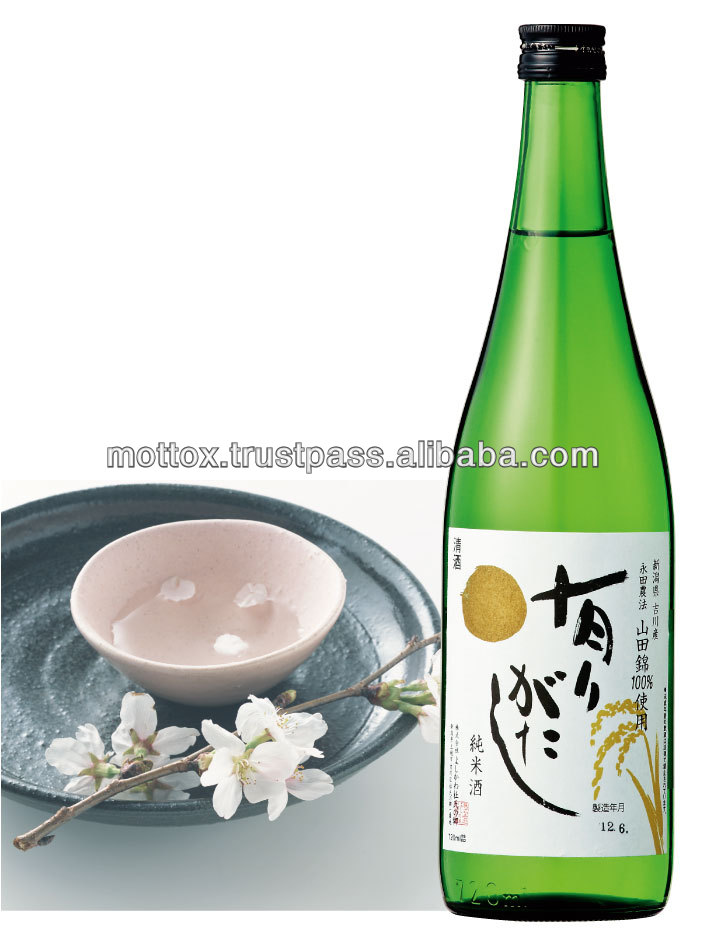
japanese sake set, rice wine made of YamadaNishiki products,Japan
Sake, often translated as Saki, Japanese rice wine or rice wine, is a Japanese alcoholic beverage made from fermented rice. Although Sake is also known as rice wine, it is rather made in a similar way to beer, using 'rice' instead of 'barley'. Sake is more than just a drink; it's a means of immersing yourself with Japanese cultures.

Sake Japanese Cooking 101
It is brewed using highly polished sake mai rice, water, a mold called Aspergillus oryzae ( also used in the fermentation of soy sauce), and yeast. Fine sakes are aged for a year or more, and most.

Japanese Sake wine cups unique Japanese 24K Gold Plated signed Etsy
Wine of Japan Import, Inc. (WOJ) is a family-owned & operated national importer of ultra-premium sake, spirits and beer since 1973.. , Inc. is one of the oldest family-owned & operated national importers and wholesale distributors of ultra-premium Japanese sake, spirits and beer. our offices. Headquarters Wine of Japan Import, Inc. 235 West.
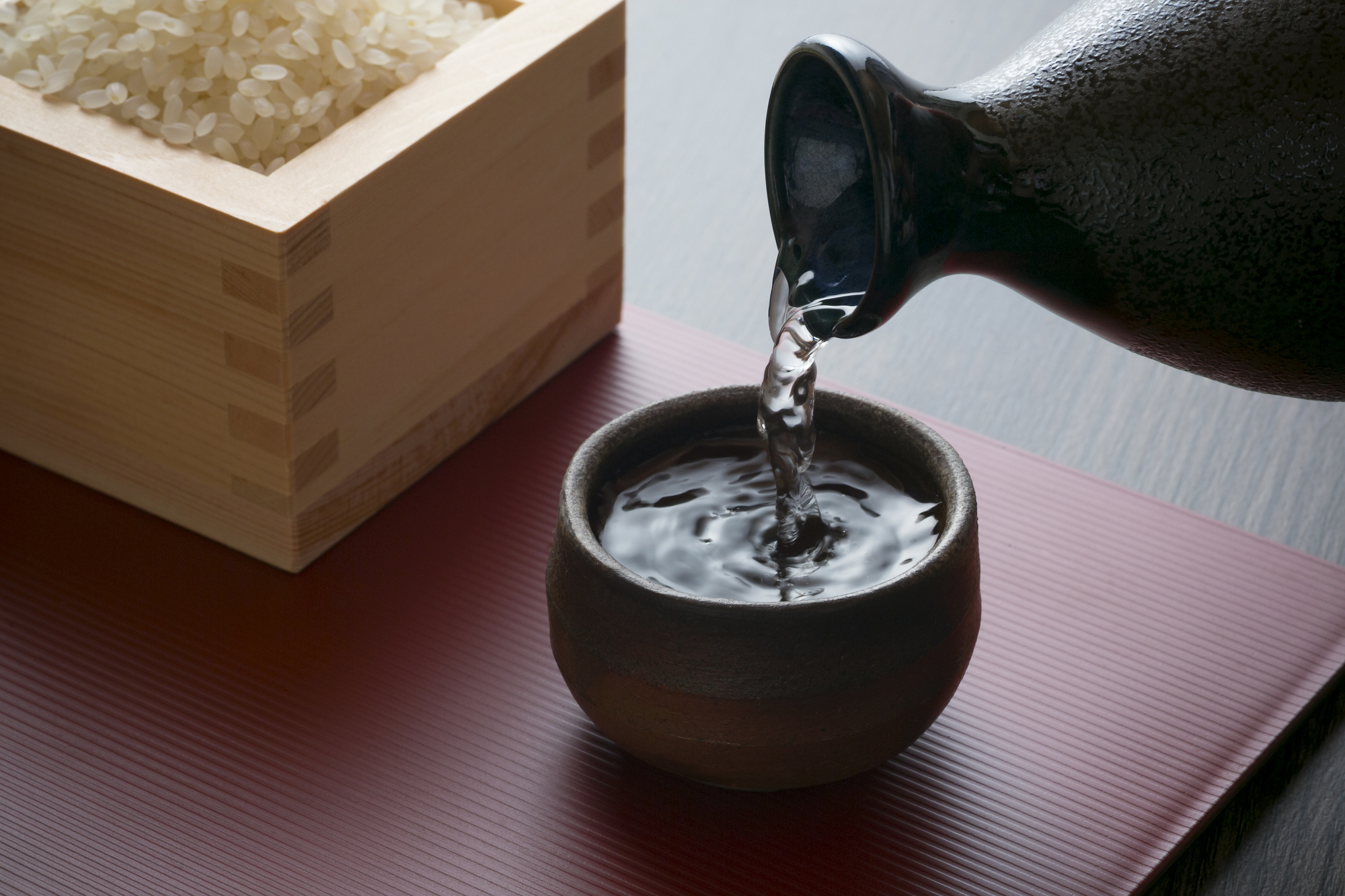
What is True Japanese Sake? Definition, Basic Knowledge and Latest
Part of what makes sake so intriguing is how it defies classification. Its use is probably most similar to wine, considering its alcohol content (wine's average is around 12% ABV, while sake's is around 13-17%) and appearance — not to mention its standing as a beverage regarded as generally having refinement and high cultural standing.
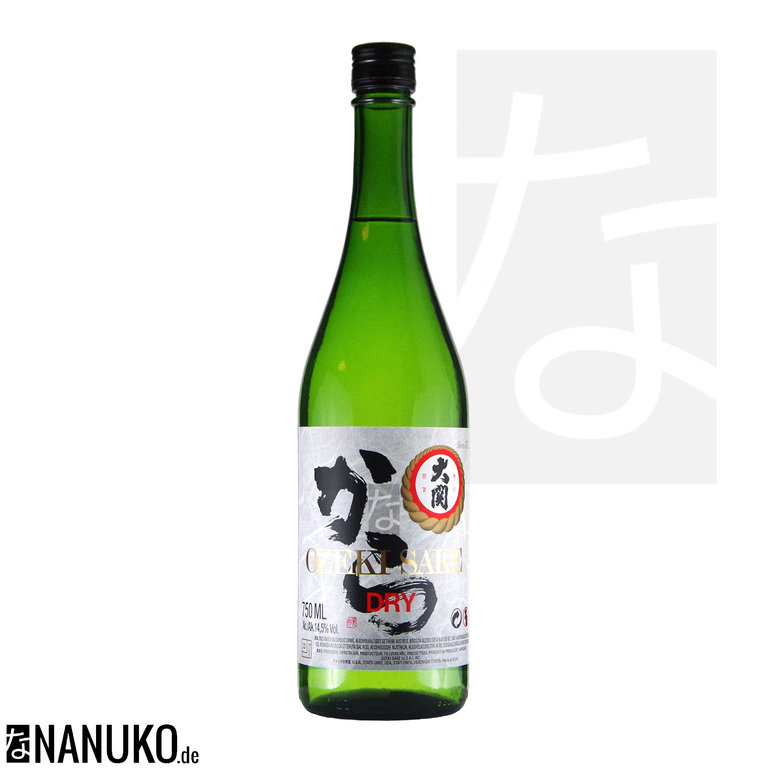
Ozeki Junmai Sake dry 750ml Rice wine japanese style shop online
Higher-quality sake like junmai daiginjo and junmai ginjo are best enjoyed chilled. For these premium sake varieties, it's becoming more common to see cold sake served in wine glasses. Regular junmai-style sake and honjozo, on the other hand, are often served hot or warm. Serving sake warm helps uncover sublter flavors in less complex brews.

Sake why Japan's traditional rice wine isn't just for drinking with sushi
The true jewel of the Japanese brewing know-how is the nihonshu of the Junmai Daiginjo group, which is considered the best sake.It is usually served dry, and its flavor is complex with very high-toned aromas. Daiginjo sake is more subtile and delicate, but always with some kind of refinement. The most common categories Junmai and Honjozo, with a 70% rice polishing ratio, are lighter on the.
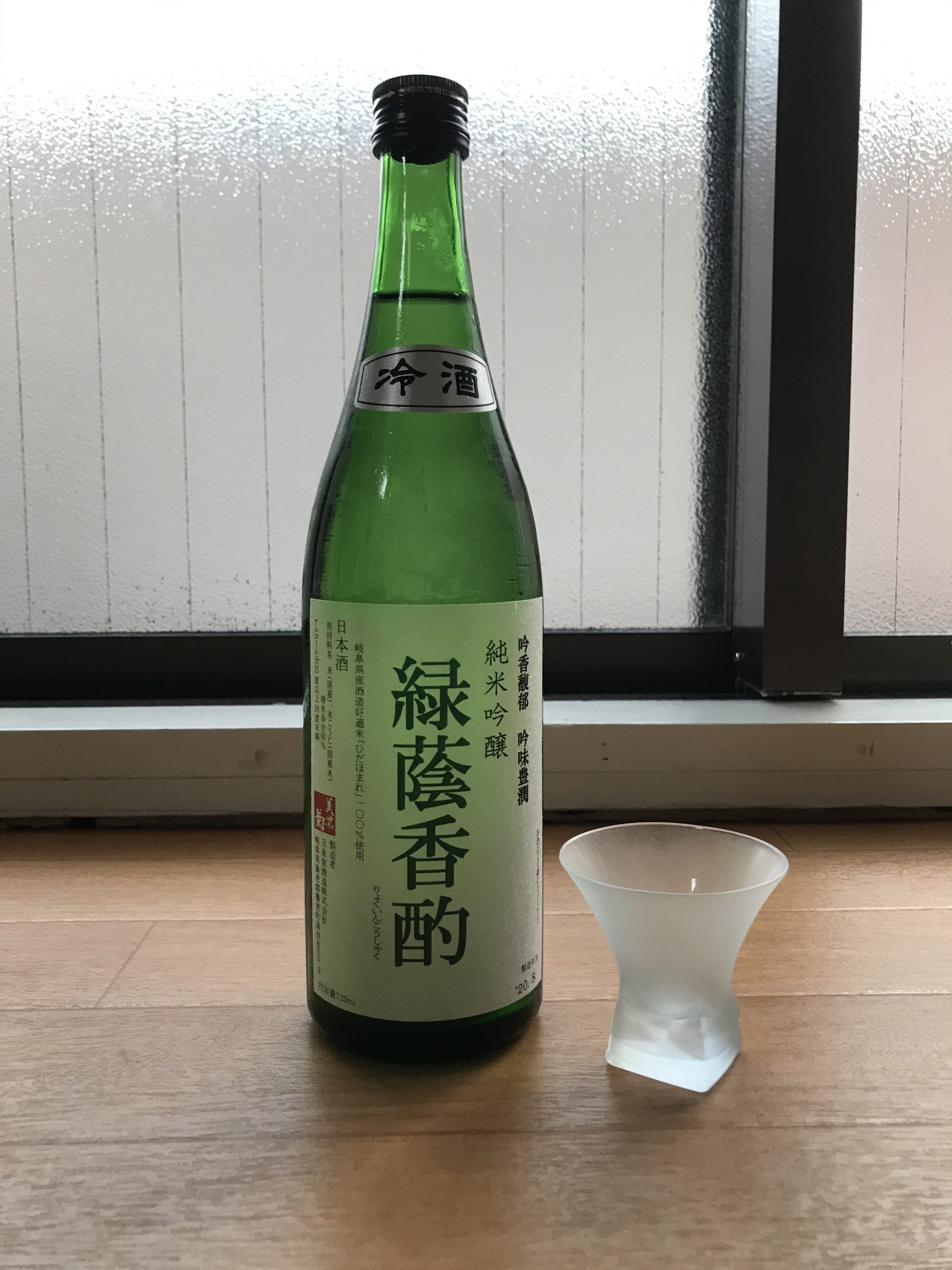
Japanese Rice Wine, Ryokuinkoshaku (Leafy Shade Aromatic Sake) Tokyo
As seen in. The largest selection of sake delivered to you. Tippsy makes finding great sake easy and fun! The world's first personalized sake subscription comes with sommelier recommendations, product and shipping discounts, beginner's guide and other membership exclusives.
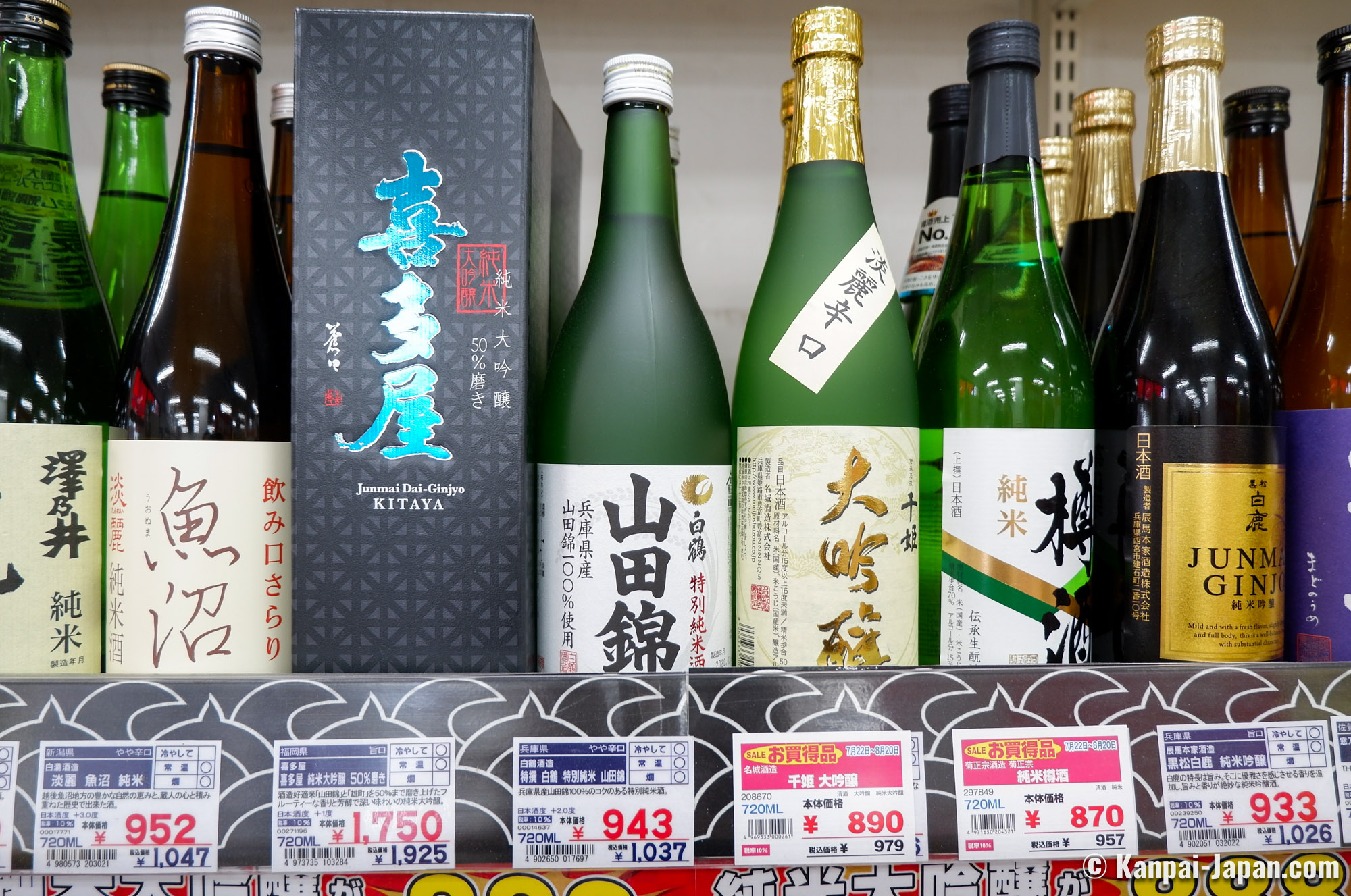
How to Choose and Drink Japanese Sake 🍶 A Practical Guide to Nihonshu
In Japanese, "sake" refers to all alcoholic drinks. The Japanese word is Nihonshu (日本酒), "Japanese alcohol," or more technically, Seishu (清酒), "clean alcohol.". Sake has an alcoholic content of 15-20%, and it can be clear, straw-yellow, or cloudy. The flavor can range from hearty umami-rich to light and acidic.

Japanese Sake Not Wine but a Brew YouTube
Sake or nihonshu, is a big part of Japan's drinking and food culture. Drink it hot or cold, and try styles from milky namazake to refined daiginjo.. Like wine or beer, some varieties pair better with some foods than others. When choosing the right match at a restaurant or izakaya, feel free to ask the staff to recommend the best sake for.

Things you probably didn't know about sake Business Insider
Sake, also referred to as Japanese rice wine, is a traditional alcoholic beverage made by fermenting rice that has been polished to remove the bran.

What You Need to Know About Sake and How to Drink It Saquê, Saquê
"Sake is built like a beer, but it drinks like a wine," says Monica Samuels, director of sake and spirits at Vine Connections and a Sake Samurai, a title bestowed on experts by the Japan Sake Brewers Association.Japan's rice-based elixir is brewed, and like beer, says Samuels, its texture, structure, and minerality are dependent on the water source—often a pure mountain spring.
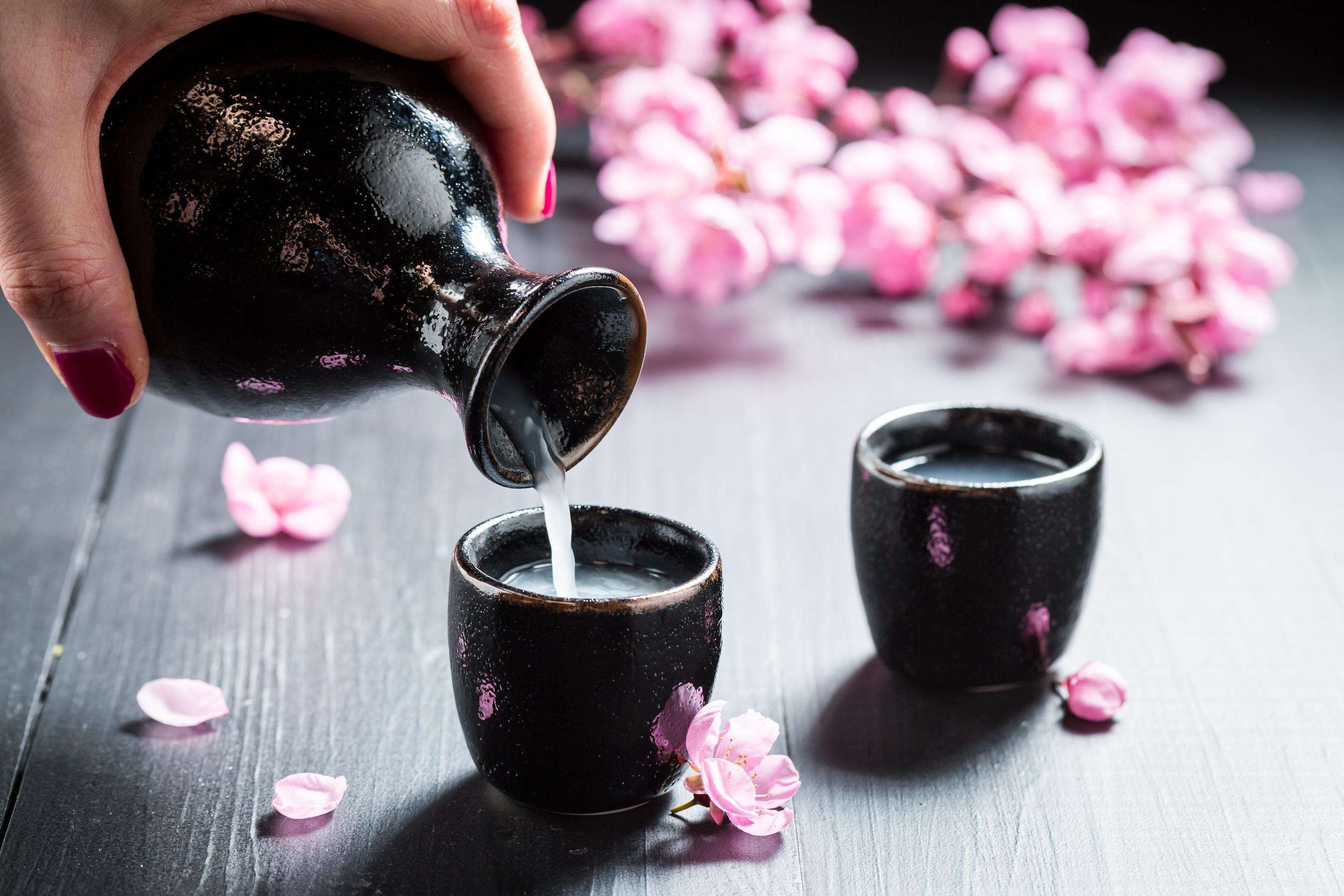
Sake japanischer Reiswein verschiede Arten
Kazari-daru (飾り樽) is empty Sake barrels used as decorations in shrines The 12th century . Between the 12th and the 14th century, as Japan saw the rise of the shogunate, the military government, the brewing of Nihonshu was transferred from the imperial court to shrines and temples.. At this point Nihonshu became a commodity, and brewing methods were refined to increase profit.
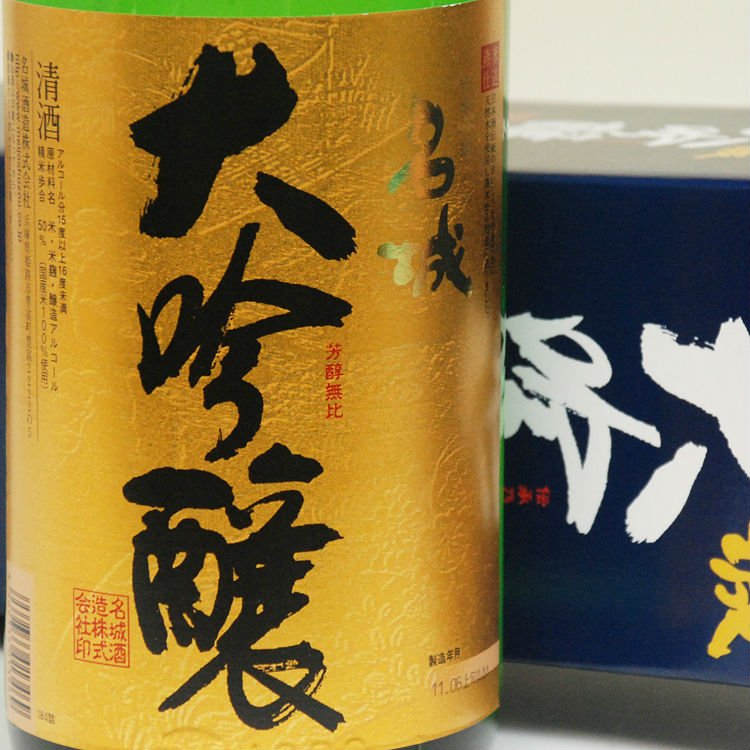
japanese sake brands meijyou daiginjyou1800ml (rice wine)liqueur
What is Japanese Sake? To westerners, what we call sake or Japanese rice wine is what the Japanese call nihonshu. It is the clear, national, alcohol beverage of Japan that has been a crucial part of both Japan's cultural and culinary histories. In fact, October 1 st is the designated "Sake Day" of Japan and is celebrated around the world.

Sake Guide to Japanese Rice Wine olivemagazine
Technically, sake is the Japanese term for all alcoholic beverages. It includes everything from beer & wine to local brews like shochu and what English speakers lovingly (and mistakenly) call sake. If there was any doubt as to how important sake is to Japan, simply look to its indigenous name. What we've labelled as sake is named nihonshu in.
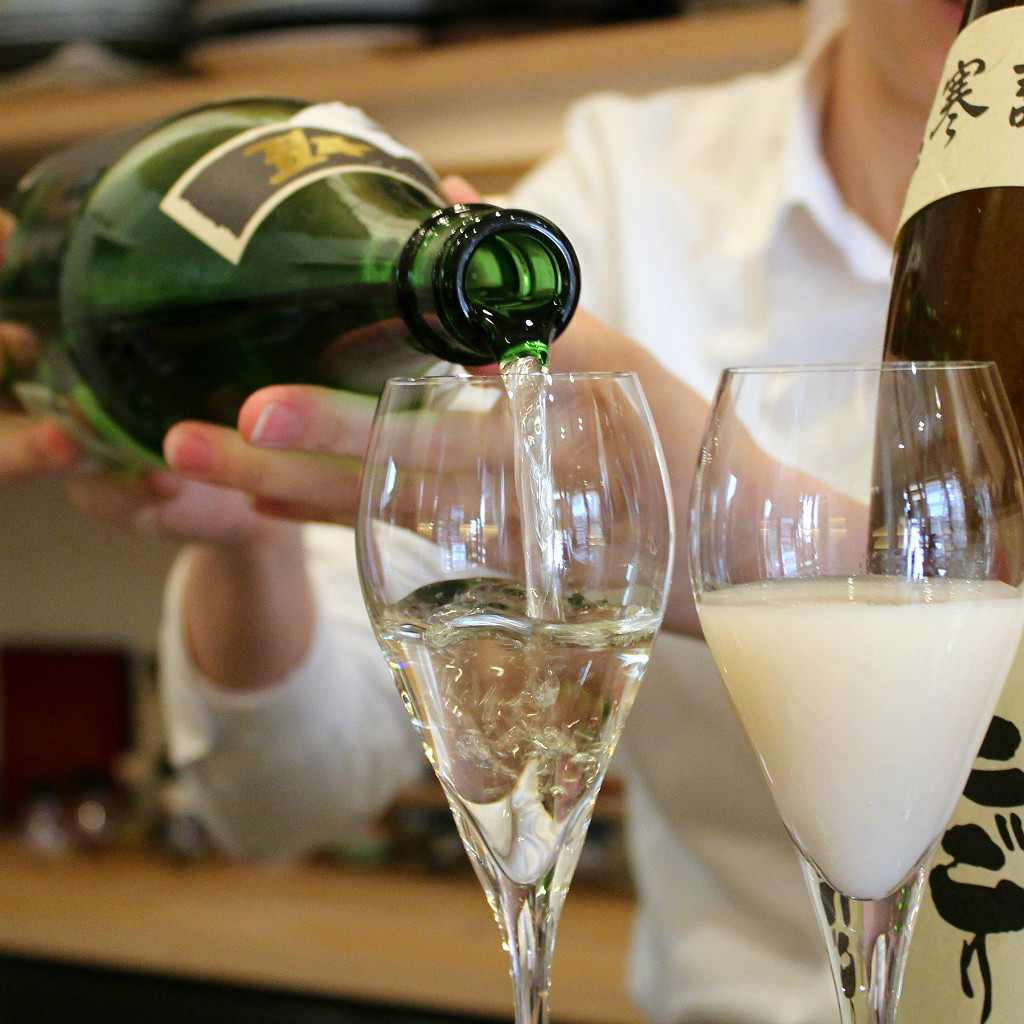
Sake Discovering Japan's National Drink in Kanazawa Kaname Japan
Sake doesn't capture the same worldwide attention or reputation as fine wine or whiskey. But Japan's national drink, is as fascinating as beverages come. For novice sake sippers, the variety of different types of sake can be surprising. At its most basic, sake is a Japanese alcoholic beverage (nihonshu) made from special sake rice. What.

Japanese sake, Rice wine and Rice on Pinterest
Sake bottle, Japan, c. 1740 Sake barrel offerings at the Shinto shrine Tsurugaoka Hachiman-gū in Kamakura Sake or saké (酒, sake, / ˈ s ɑː k i, ˈ s æ k eɪ / SAH-kee, SAK-ay), also referred to as Japanese rice wine, is an alcoholic beverage of Japanese origin made by fermenting rice that has been polished to remove the bran.Despite the name Japanese rice wine, sake, and indeed any East.